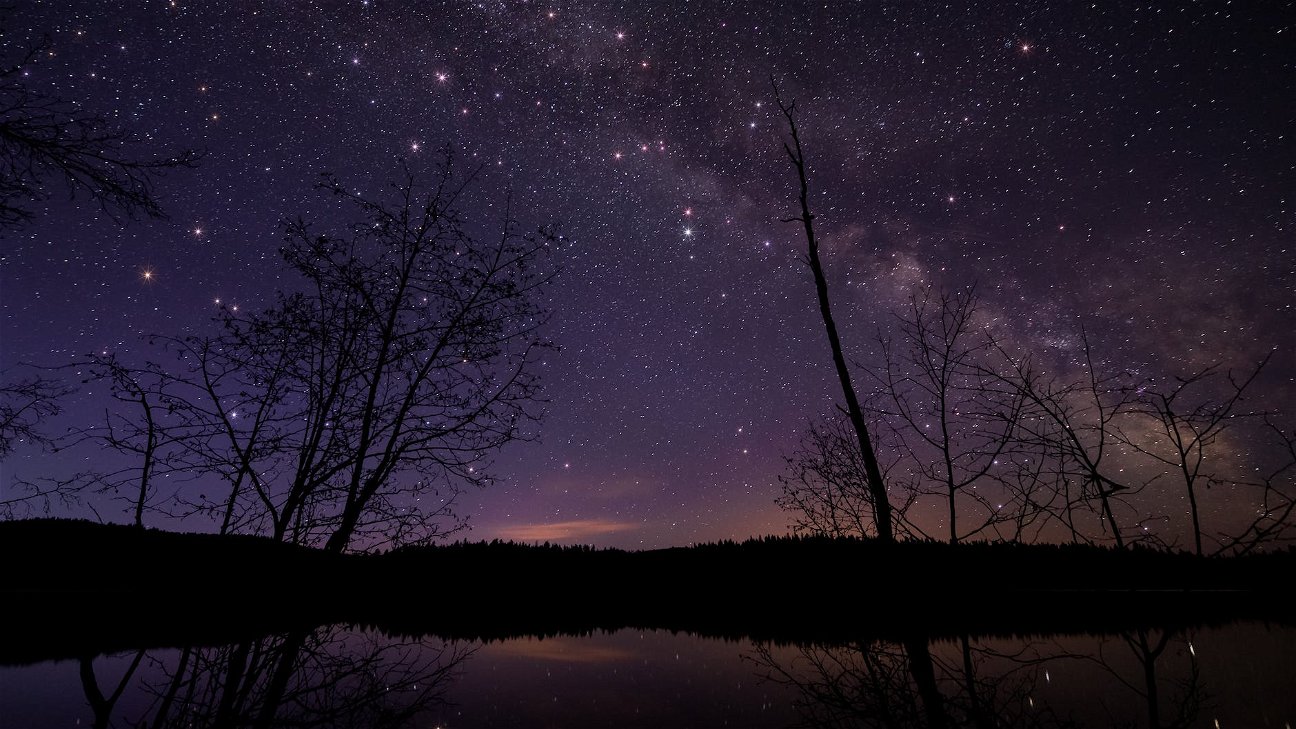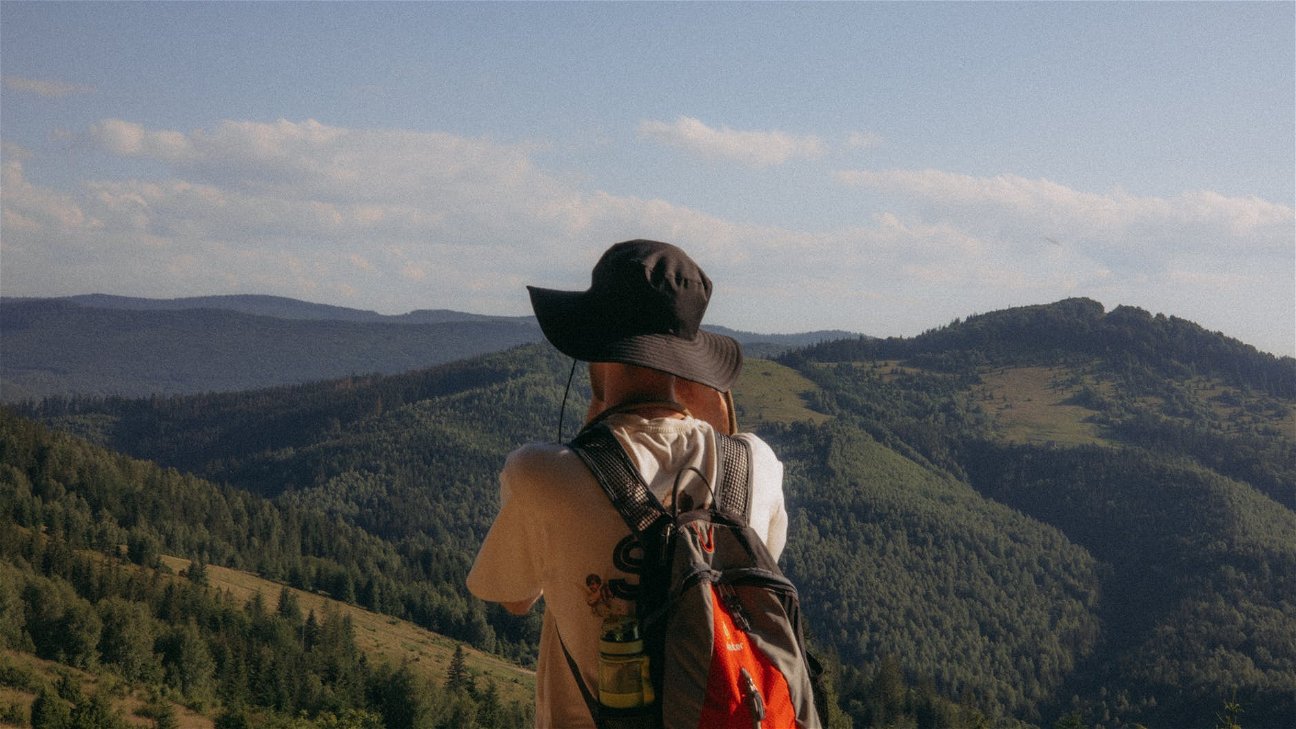
Astrophotography, or nightsky photography, is an exciting and rewarding hobby that combines the immensity of the cosmos with the creativity of photography. If you've ever marveled at stunning images of starry night skies and wondered how to capture them yourself, you've come to the right place. This guide will give you a step-by-step introduction to Astrophotography, including essential techniques, equipment, and tips to get started.
Getting Started with Astrophotography
A common misconception about astrophotography is that it requires high-end and expensive equipment. While having a powerful telescope and a top-notch camera can certainly help, it is absolutely possible to capture stunning astro-landscapes with just a DSLR and a tripod.
If you're just starting out, here's a basic list of equipment you'll need:
- A camera (preferably a DSLR or a mirrorless camera)
- A solid, sturdy tripod
- A wide-angle lens
- A remote shutter release
Astrophotography Techniques
There are various techniques in astrophotography. The most common ones include star trail photography, milky way photography, and capturing stars with the camera.
Long Exposure Astrophotography: This technique is used to capture star trails. Set your camera on a tripod, set the exposure to a longer duration, and let the rotation of the Earth create beautiful star trails in your image.
Milky Way Photography: To photograph the Milky Way, you need a clear, dark night and a wide-angle lens. The camera settings would generally include a wide aperture, high ISO, and a long shutter speed.
Photography without a Telescope: You don't need a telescope to start with astrophotography. Using a simple camera and tripod setup, you can capture great images of the night sky. The key is to use the right settings for exposure, ISO, and aperture.
Astrophotography Settings
Understanding how to tweak your camera's settings is crucial for astrophotography. Here's a basic guide to get you started:
Remember, these are just starting points and you'll need to adjust these settings based on the light conditions and your equipment.
Astrophotography Software and Post-Processing
Clicking the photos is just the first half of the process. Post-processing is where these photos really come to life. Software like Adobe Lightroom and Photoshop are great tools for enhancing your astrophotography images.
Astrophotography is an incredible way to engage with the cosmos and capture its beauty through your lens. With these basic steps and guidelines, you're now ready to go out and capture the night sky.











